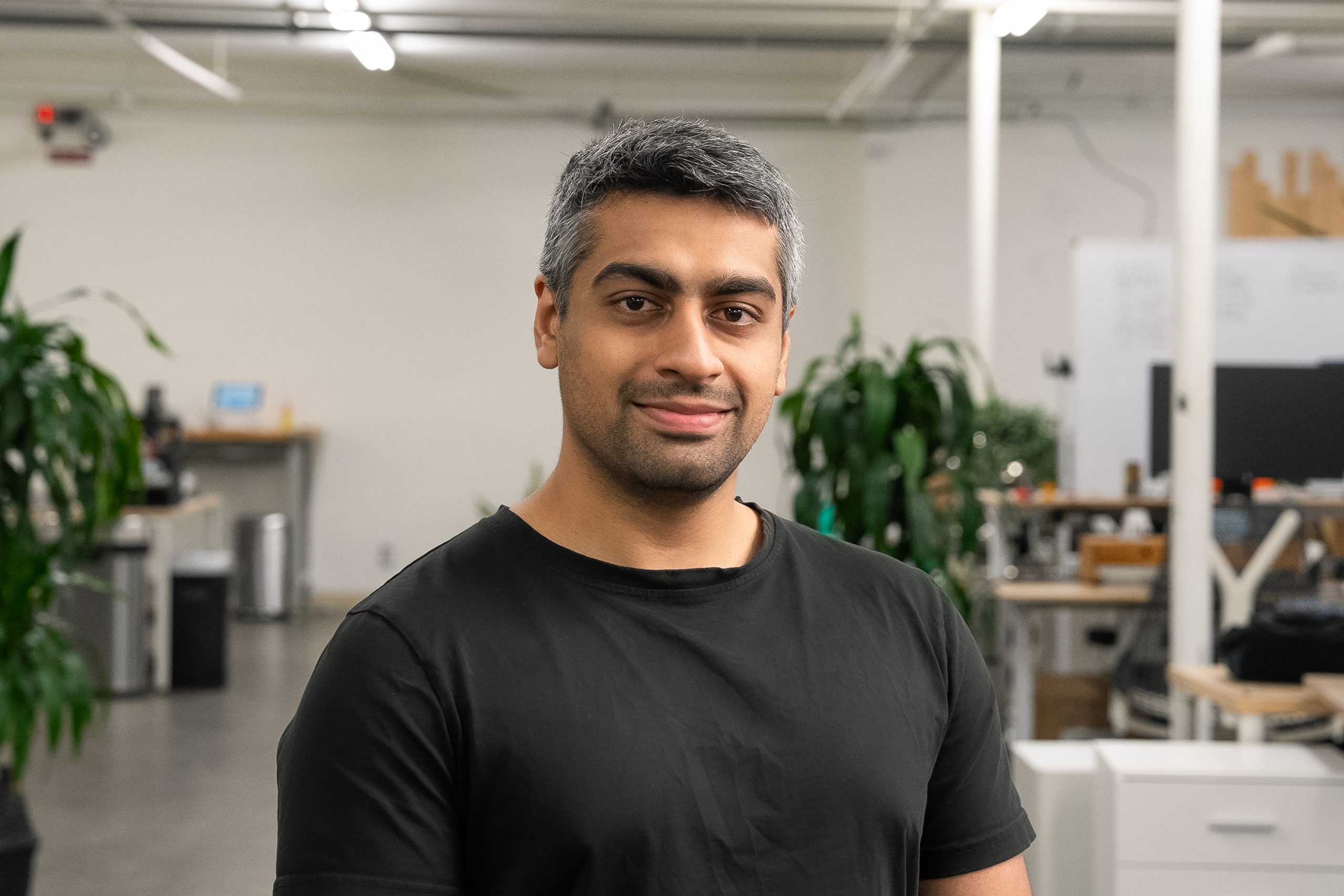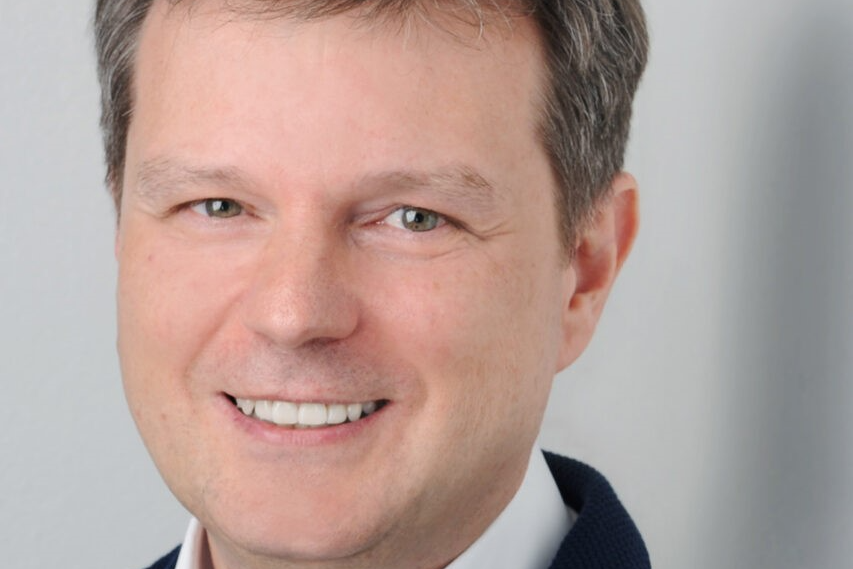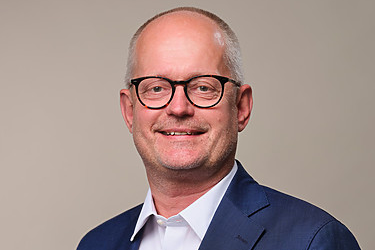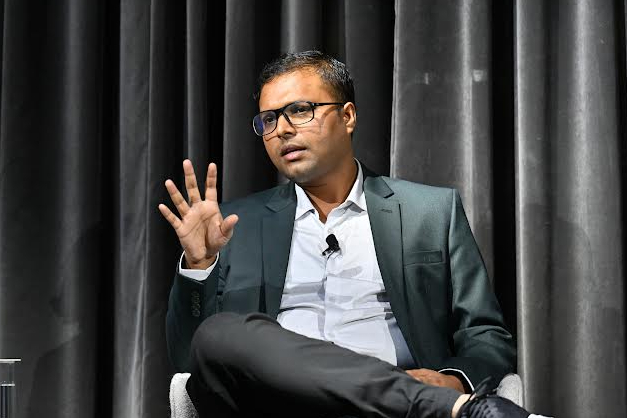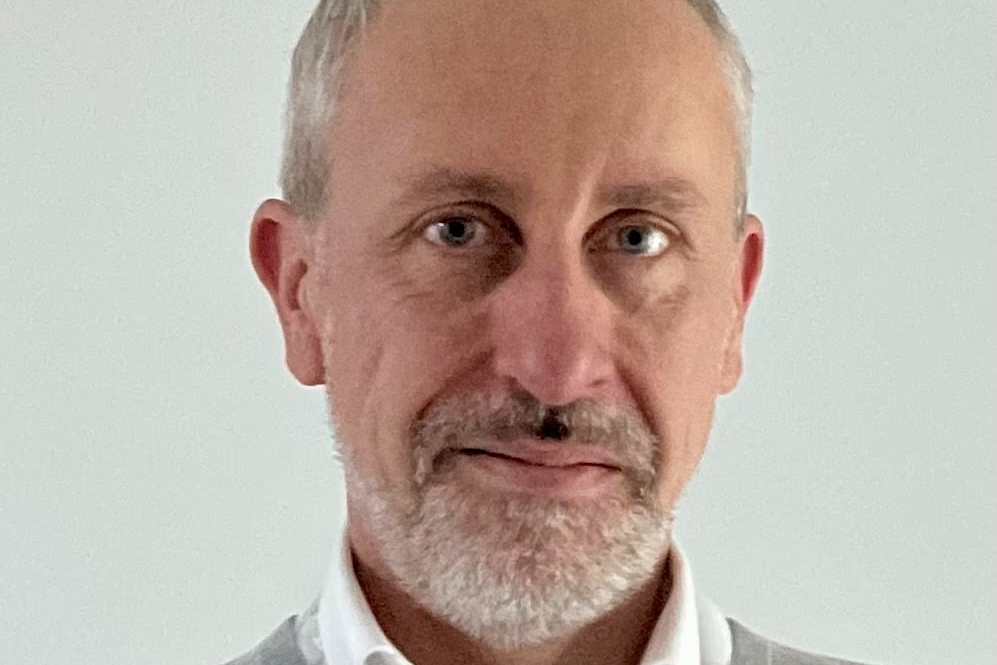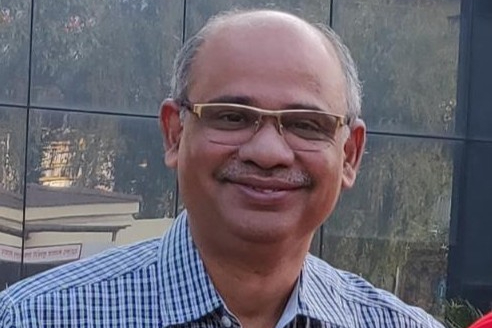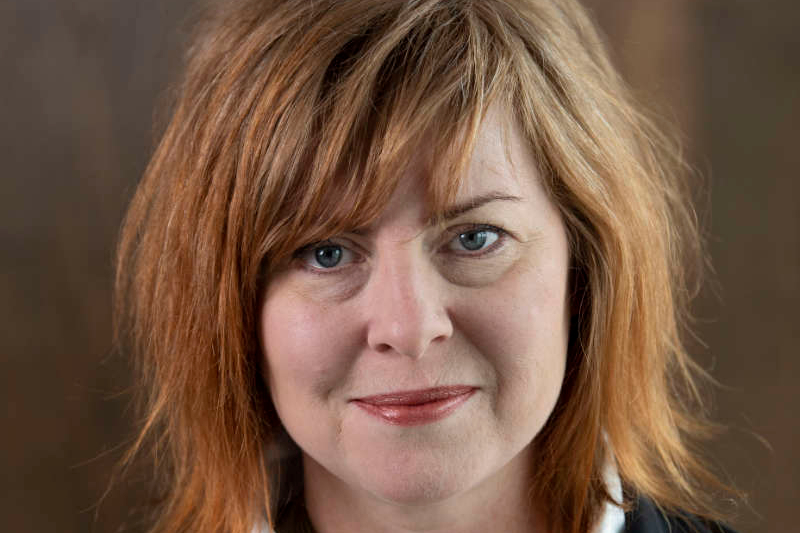
Cyndi Rhoades – Founder of Worn Again Technologies
Our recent interaction with Ms. Cyndi Rhoades, founder of Worn Again Technologies, talks about the company’s journey and shares insights about textile waste recycling and circularity in the fashion industry.[Interview] Worn Again Technologies founder Cyndi Rhoades shares insights on the next way forward to achieve circularity in textiles
2021-04-29 11:54:00 – United KingdomWorn Again Technologies, formerly known as Worn Again, is a pioneering company that was set up in 2005 by Cyndi Rhoades in East London, England, with a vision to eradicate textiles waste. In 2012 the company began the development of a polymer recycling technology for polyester and cotton with the aim of enabling the circularity of raw materials for the textiles industry.
The company's technology separates, decontaminates, and extracts polyester and cellulose (from cotton), from non-reusable textiles. The aim is to produce virgin equivalent PET and cellulose that return to supply chains as new and as part of a repeatable process. The unique technology addresses the problems posed when recycling mixed fiber textiles while also overcoming other barriers in current recycling methods, such as the inability to remove dyes and other contaminants.
Our recent interaction with Ms. Cyndi Rhoades, founder of Worn Again Technologies, talks about the company’s journey and shares insights about textile waste recycling and circularity in the fashion industry.
Ms. Rhoades is a multi-award-winning entrepreneur who received the PCIAW Outstanding Contribution to the Textile Industry Award in 2019 and was a finalist for The Circular Economy Awards' Leadership Award. She sits on a number of advisory boards, including the British Fashion Council/Institute of Positive Fashion’s Circular Fashion Ecosystem initiative. She is a long-term proponent of the sustainable fashion movement, having co-founded the RE:Fashion Awards, the world's first Sustainable Fashion Awards, in London, as well as World Circular Textile Day – Countdown to 2050! in 2019.
YnFx: What led to the innovation of Worn Again technology?
Rhoades: I set up Worn Again in 2005, with a vision to eradicate textile waste. Though it was a very small kind of beginning, there was great ambition. We started by upcycling; taking second-hand or unwanted textiles and turning them into second-life products, like footwear and accessories. We did this for many years, which provided an excellent laboratory for experimenting with and understanding the challenges of used textiles. However, it wasn’t long before we realized we weren't really solving the problem of waste to landfill by upcycling; we were only prolonging textiles from their eventual route to landfill or incineration. This is because once used, there were still no end recycling solutions for these products, only ‘downcycling’ into lower value products, like industrial wipers and insulation. That’s when we started investigating chemical recycling for textiles and the potential of recycling at the molecular level.
After a ‘field trip’ in 2011 to see Teijin’s recycling plant in Matsuyama, Japan where they were producing recycled PET for EcoCircle products, it became clear that chemical recycling would play a huge role in the solution. The question developed: how can we make a large-scale process like this work economically so that it becomes the norm and not a niche? It wasn’t long after that trip when my colleague Nick Ryan and I were introduced to a physical chemist in Cambridge, Dr. Adam Walker, who had been working in this space of polymer recycling for other non-textile materials for about ten years. We told him what we were trying to achieve with textiles recycling and then carried out a small proof of concept project in the lab which proved we could recapture polyester from existing textiles. We started filing patents and that’s when we knew we had the beginnings of a truly game-changing solution.
Since then, we have been developing the process and have set up a pilot plant in the north of England for carrying out a testing regime to optimize the processing steps and outputs and ultimately to inform the next phase of development: our demonstration plant, which will provide the blueprint for the first industrial plant. Once this is ready, we aim to license the technology to plant operators around the world.
YnFx: How does the Worn Again technology work?
Rhoades: In terms of inputs, we can take in pure polyester and polyester-cotton blends as well as polyester cellulosic blends. The feedstock can have up to 10% of ‘other’ materials in it, which can include dyes, elastane, nylon, wool et cetera. A significant proportion of textiles that are made today fit into this feedstock specification, so the technology we are developing tackles a large part of the waste problem.
Before being introduced into the process, the textiles need cutting and stripping of all hardware, like buttons and zips. And then, if you imagine a washing machine going through multiple cycles, each cycle will deal with a different step in the process: dye removal from the textiles; separation of polyester and cotton; dissolution of polymers; solvent removal; and finally, extraction of the two outputs we are interested in, polyester and cellulose (dissolved from cotton). The polyester is put through a finishing step to bring quality (molecular weight) back up to virgin equivalent specification. These two outputs will then go back into supply chains to become new fibers and textiles all over again.
Our three goals for the industrial process are clear:
- to produce cost-competitive outputs…
- … of virgin equivalent quality…
- … via a production process that is environmentally beneficial.
For example, the solvents that we use will be filtered and recirculated as part of a closed-loop system. That's not just an environmental benefit; recycling solvents is essential for economic viability.
YnFx: How are the waste materials sourced currently and what are the future plans to enhance this sourcing of textile waste materials?
Rhoades: At present, Worn Again Technologies only requires small volumes of non-rewearable textiles for testing. But in the future, feedstock for our industrialized plants will come from a variety of sources, including the post-consumer textiles supply chain, which includes private and charity collectors, workwear, and the hospitality industry, or from deadstock that brands can’t sell. And don’t forget the low hanging fruit – manufacturing waste, which comes in high volumes and requires no sorting and little preparation. Ultimately, if they are textiles made from polyester and cotton which are no longer usable, they should be suitable for our process.
Today’s post-consumer textiles are collected and sorted manually, by hand, and by eye. In the future, we are going to require a shift to highly automated systems that can separate according to fiber content to provide high-volume, low-cost feedstock. This will likely take place close to the source of collection rather than being exported to lower-cost labor regions. We are working closely with post-consumer textiles supply chains, industry working groups, and governments on evolving sorting methods and logistics to prepare for this future.
We are in close dialogue with many of the key collection players in Europe, the UK, and North America. We encourage that part of the supply chain to talk to the other regenerative recycling innovators because everyone will have a different specification that the industry needs to adapt to and supply. The big change on the horizon is that we're creating new markets for these post-consumer textiles. But they're not ready yet, and we still have a way to go ourselves, so we need to be engaging these companies now.
We are also working closely with our Pioneer Member companies, H&M, Kering, Asics, Dibella, and Sympatex, located in Europe, as well as Dhana, Directex, and Himes in North America to plan for supplying and developing the circular system.
YnFx: Would you like to highlight some of the key achievements of Worn Again Technologies and perhaps how it has created an impact in the fashion and textiles industry so far?
Rhoades: We have achieved a huge amount over the past nine years and are now in the scaling phase of development with our pilot plant up and running in the North of England. We are still pre-commercial, but play a crucial and active part in educating the industry about regenerative recycling technology, as well as what will be needed for our plants to scale and replicate. From a development perspective, we understood very early on that it was going to take a long time and a lot of money to get this technology to market and that we would need to have the support of the industry.
To gain industry support and create impact in the fashion and textiles industry, we have partnered with high-profile sustainability and circularity leaders, including H&M and Kering. In 2013, they both joined forces to support and finance our early-stage developments, thereby supporting their own goals to create better, more sustainable supply chains.
As the technology progressed by 2017, we were able to bring in new strategic investors including our chemical engineering partner — Sulzer Chemtech, Mexico-based Himes Corporation, and Directex (a textiles producer). We also took part in the Fashion for Good scaling program and were a development partner in Fibersort, an NIR-based technology that is able to separate textiles by fiber composition, with the aim of separating one garment per second. Both of these initiatives are based in The Netherlands.
YnFx: What can other businesses and consumers do to support Worn Again Technologies?
Rhoades: In the next 2-3 years, it will be imperative to have the market demand for and clear commitments to circular outputs from brands and their supply chains. This demand will attract plant operators and investors to build and invest in plants. If the industry wants to achieve its circularity goals and shift supply from virgin resources to circular outputs in the near future, there needs to be an active, joined up, and concerted effort to drive the technologies and the industrial plants which can deliver these outputs forward. This will require cross-sector collaboration and coalitions as well as government support and legislation to incentivize investment in this area – while encouraging the shift from virgin resource use to circular.
On the consumer side, there is so much happening. Levels of awareness are increasing around reuse, recycling, and sustainable choices. More and more, people want to be part of the solution rather than the problem and they want to know what to do differently. It needs to be easy, engaging, and inspiring and this is where the brands and retailers both big and small can play a meaningful role; first off, by communicating to customers and providing them with opportunities. Circularity has a broad definition and in the short term can be achieved by buying garments made with sustainable and recyclable materials, by using charity shops or in-store collection programs to return clothes into the system, and by repairing or renting clothing. In the longer term, more macro solutions will be available, as the reprocessing of raw materials on a global scale. We all have a role to play, the story is a long one and continually unfolds. We need to make everyone part of it and part of the solution to get there.
YnFx: In terms of circularity in textiles, how important do you think is the innovation of new technologies and processes in the industry?
Rhoades: Given the looming climate crisis and the need to dramatically decrease CO2 emissions across the industry, technology can play an integral role in supporting a more intelligent use of resources. It can enable products to remain in circulation for longer, it can help sort unwanted textiles more efficiently so that new technologies can then break them down when they are no longer wearable, to recapture purified, virgin equivalent raw materials to make new textiles over and over. With circularity will come deeper transparency, also supported by technologies, as companies will need verification of the provenance of products and materials as well as of safe and fair working conditions for the people making and handling them. Technology will be essential in enabling the industry to achieve its circularity goals, but it’s not everything. Behind the technology is people. Collectively, it’s important to imagine what kind of industry we want from a social, environmental, and economic perspective and then design the technology to create it.
YnFx: What are some of the upcoming projects that you’re excited about?
Rhoades: We just joined the Circular Fashion Partnership (CFP), led by Global Fashion Agenda and Reverse Resources in Bangladesh which is looking at matching up manufacturing textile waste with potential recycling solutions. I'm also excited about Accelerating Circularity launching in Europe. This organization is focused on filling the gaps and making links to evolve the post-consumer textiles supply chain so that it can collect and sort more efficiently to supply mechanical and regenerative recycling processes like ours once industrialized. In the UK, greatly beneficial coalitions are being formed, including the Circular Fashion Ecosystem, a project launched by the British Fashion Council (BFC), and Textiles 2030 with a Roadmap to 2030, both of which are focused on mapping out and delivering circularity regionally. And of course, I’m super excited about the 2nd World Circular Textiles Day on 8th October this year when we aim to increase awareness and engagement in circularity around the world.
Market Intelligence
Ask for free sample Report

experience
Customer Base
dedicated team
Countries Served Worldwide

